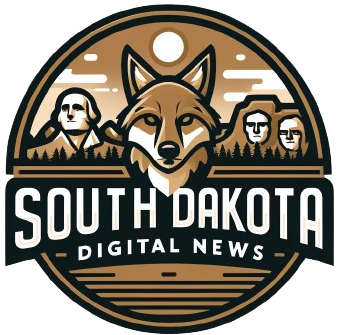
 The State Assembly and State Senate have both acted to pass the New York Wildlife Crossings Act, which was sponsored by Senator Leroy Comrie and Assembly Member Robert Carroll. The bill requires the Department of Transportation (DOT) to assess roadways “in the state for potential wildlife crossings to improve wildlife habitat connectivity, reduce wildlife vehicle collisions, and increase public safety for New York motorists.”
The State Assembly and State Senate have both acted to pass the New York Wildlife Crossings Act, which was sponsored by Senator Leroy Comrie and Assembly Member Robert Carroll. The bill requires the Department of Transportation (DOT) to assess roadways “in the state for potential wildlife crossings to improve wildlife habitat connectivity, reduce wildlife vehicle collisions, and increase public safety for New York motorists.”
The bill directs DOT to use its assessment of roadways to create a list of the top ten priority wildlife crossings sites in the state according to an established set of criteria. Additionally, for the top five project sites, DOT will also identify federal grant funds that are available for those projects.
The Biden Administration has made $350 million dollars available for wildlife crossings as part of the bipartisan Infrastructure Law enacted in 2021. In December 2023, the federal government announced that it had awarded $110 million dollars of federal funds for wildlife crossings. With the passage of the Wildlife Crossings bill, New York is in a better position to take advantage of the available federal funds.
“This legislation is a milestone for more effective statewide wildlife planning and management in New York. This bill will help to significantly advance wildlife protections. We look forward to the full implementation of this legislation to identify critical wildlife corridors in New York,” said Peter Bauer, Executive Director of Protect the Adirondacks.
Wildlife crossings are structures, such as overpass bridges, underpass tunnels, culverts and directional fencing, that enable wildlife to safely cross roads and other barriers. Not only can wildlife crossings help to improve public safety by reducing vehicle collisions with wildlife, they can also improve the survival rate of wildlife moving throughout New York State.
Having safe opportunities for road crossings are critical for many species of wildlife that have large territorial ranges, such as moose, deer, bear, wolves, and bobcats. In addition, foxes, fishers, martens, and other smaller species of wildlife, plus reptiles and amphibians, need safe means of passage across large roads that impact their habitat and their ability to search for food and breeding grounds.






